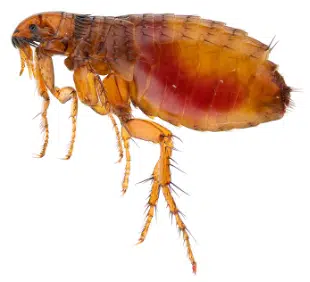
Fleas are tiny, jumping parasites that can cause significant nuisance and discomfort to both pets and humans in Sri Lanka.

With over 50 years of trusted service, we bring expert pest management islandwide.
© All Copyright 2024 by Ceylon Pest Control | Developed By Ladder Global